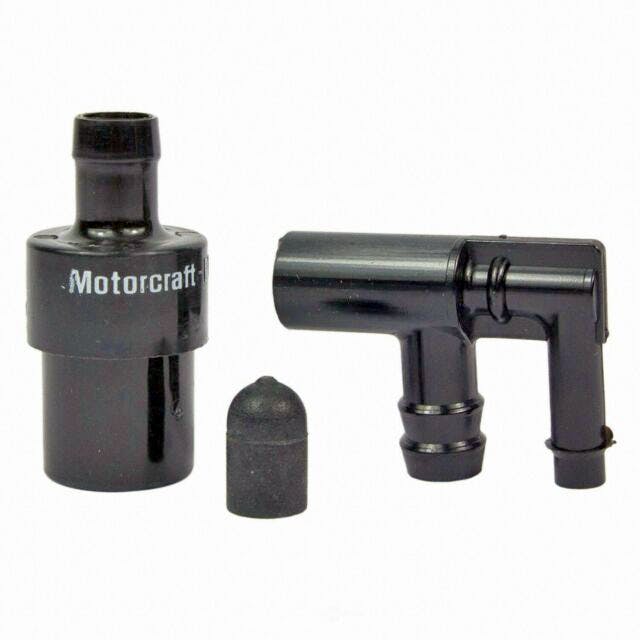Media | Articles
Piston Slap: Putting a Courier’s leaks to bed?

Victor writes:
Hi, I have a 1979 Ford Courier Pickup, with the 2.0-liter engine and a four-speed transmission with a little over 150,000 miles. I purchased this truck 41 years ago, brand new—it’s an original survivor and show winner. The problem I am having is when I drive it, once a week for approximately 15 miles, I get a few oil leaks.
The first appears to be coming from the rear of the cylinder head area. It is referred to as a “Blind Plate.” I torqued the four bolts to this plate to 4.5 nm and it eliminated the oil getting on the firewall. I am still getting a very small amount of oil dripping from the Air Manifold Assembly, which is run just below the blind plate. I have been unable so far to track down where the oil is dripping from. Additionally I notice a drip on the bottom bolt of the clutch bell housing the day after I drive the truck. If I wipe away the drip it does not reappear until I drive the truck again.
When I check the dipstick it always reads at the full mark. I have been told it is a rear main seal but my mechanical experience consists of changing the oil, filters, spark plugs, coolant and detailing. The truck runs great and has been well treated; I change the oil every six months, which amounts to less than 400 miles per oil change. Any insight into what’s going on would be greatly appreciated. Thank you for taking the time.
Sajeev answers:
Marketplace
Buy and sell classics with confidence
Thank you for your comprehensive assessment of the problem! Considering the mileage, I reckon you’re experiencing the side effects of engine blow by. This happens because of increased crankcase pressures, which occurs because worn piston rings allow gases from the combustion chamber to enter the engine’s crankcase. I assume this case of blow by is pretty minor, not a nightmare scenario as seen in the engine below.
Ouch, that’s a lot of pressure in the crankcase.
Luckily, your case is more of an inconvenience. The increased internal pressure is just allowing oil to weep out of random places, not making a racket and ruining your performance. You could see blow by as a sign to get your engine rebuilt, but that’s a bridge too far for me. One of two parts could work for you, it’s just a matter of determining what is the best course of action.


I am pretty sure your 1979 Courier has a positive crankcase ventilation (PCV) system, and the replacement PCV valve (left photo) is the best way to remove a possible blockage in the valve and get crankcase gases circulating normally. But that may not be enough. Actually, I suspect it isn’t nearly enough, so that’s when a breather cap replaces the PCV valve in the valve cover and essentially defeats the system by venting it to the atmosphere.
While not exactly good for the environment, this is a classic vehicle that barely gets driven. It’s not a big deal to defeat the PCV system in the grand scheme of things, and the breather cap makes owning a worn engine far more tolerable. It might just be the trick you need.
Have a question you’d like answered on Piston Slap? Send your queries to pistonslap@hagerty.com, give us as much detail as possible so we can help! If you need an expedited resolution, make a post on the Hagerty Community!


